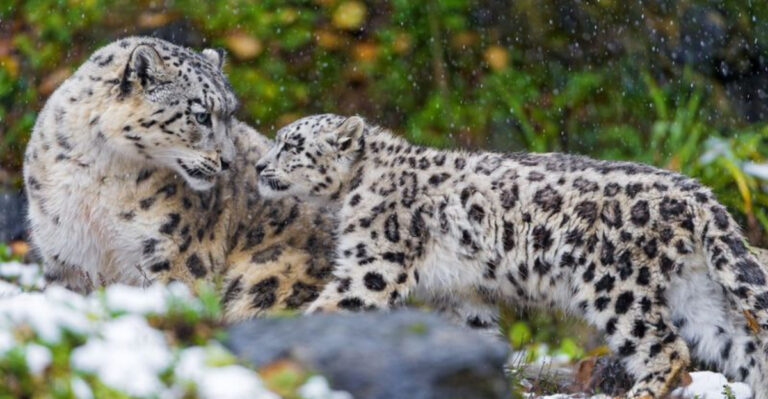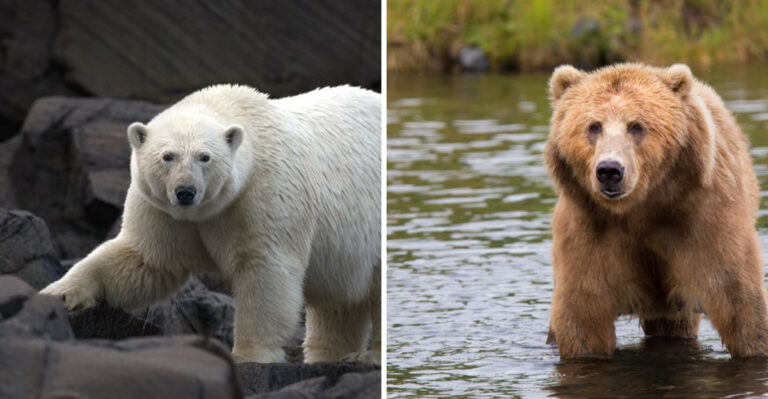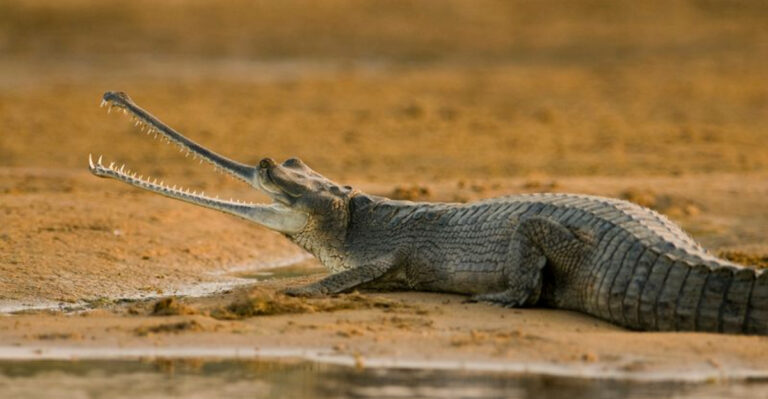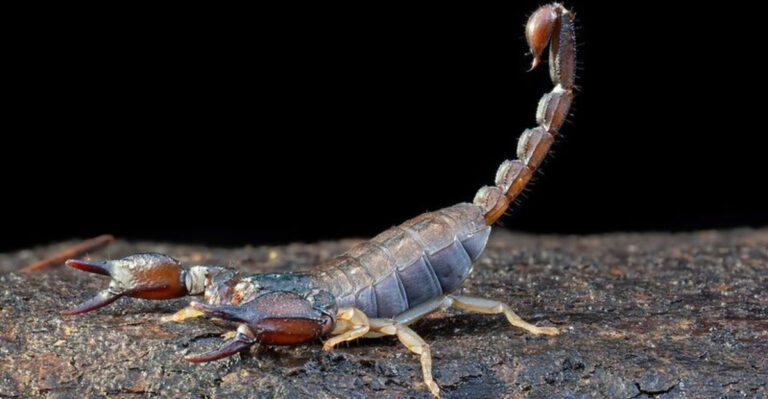Don’t Get Too Close: 16 Dangerous Animals Of Redwood National Park
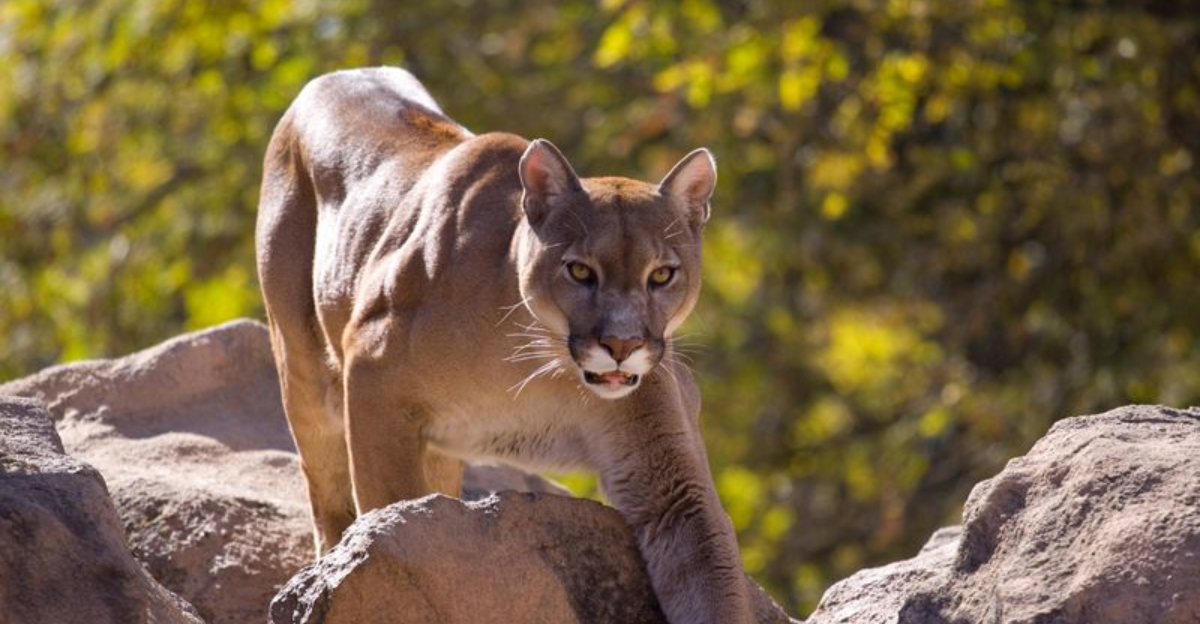
Redwood National Park is a wonderland of towering trees and breathtaking landscapes, but it’s also home to some surprisingly formidable wildlife.
While you might picture serene deer or fluttering butterflies, there are creatures here that demand a bit more space.
So, lace up your hiking boots and pack your curiosity, but remember to keep a safe distance from these fascinating yet potentially dangerous inhabitants.
1. Black Bear
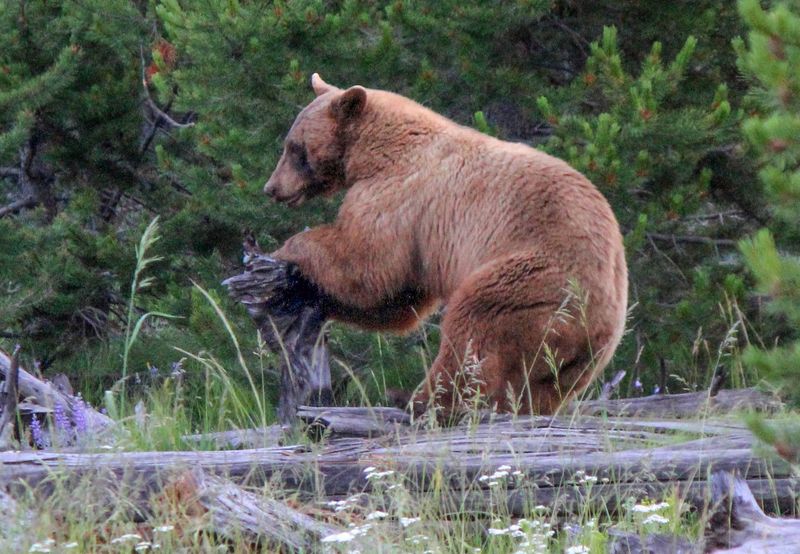
A rustle in the bushes and there it is, the iconic black bear. Although they’re often shy, these bears can get quite protective if startled or tempted by food.
It’s not uncommon to find them rummaging through campsites, drawn to the scent of leftovers. While they may seem docile from afar, a surprise encounter could lead to aggression.
To avoid any bear misunderstandings, store food securely and make noise while hiking to alert them of your presence. Safety first, adventure second!
2. Roosevelt Elk
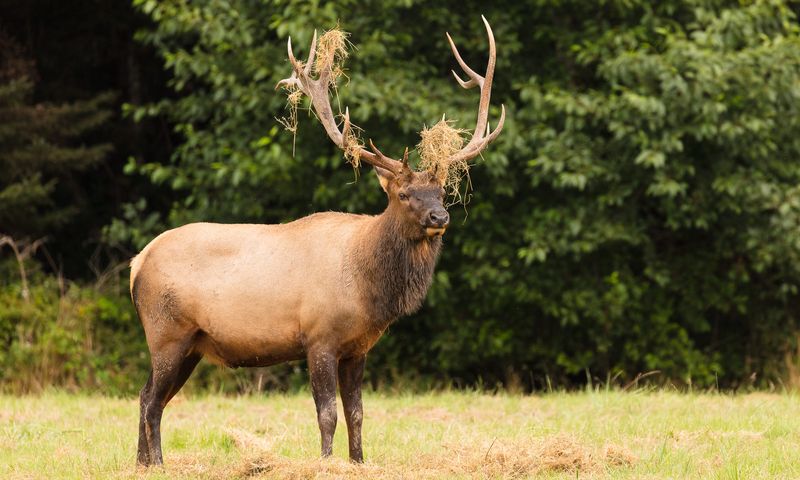
Picture a creature that can weigh up to a thousand pounds, standing tall with a regal set of antlers. Meet the Roosevelt Elk, the largest of the elk species, roaming freely across the park.
Though generally peaceful, these giants can become quite unpredictable, especially during mating season.
Bulls may charge if they feel their space is infringed upon. It’s best to admire them from a safe distance and enjoy their grandeur without getting too close.
3. Rattlesnake
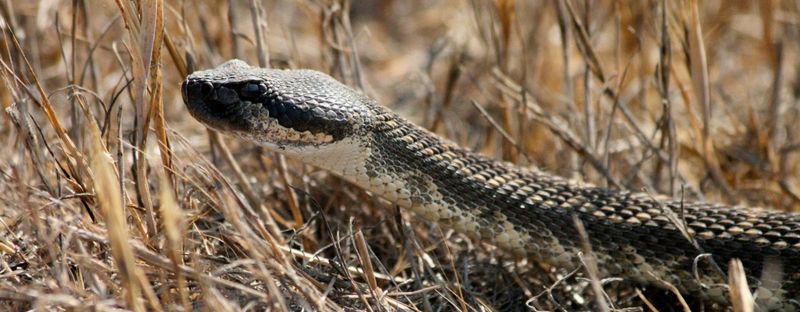
Ever heard a sound that sends shivers down your spine? That rattle is the snake’s way of saying “back off!” Mostly found hiding under rocks and leaves, rattlesnakes prefer solitude.
However, if you accidentally wander too close, a startled snake might resort to a defensive strike. The best approach is to tread carefully and listen for that warning rattle. It’s nature’s way of telling you to steer clear.
4. Western Black Widow Spider

Tiny but mighty, the Western Black Widow Spider is one resident you wouldn’t want to disturb. Recognized by its glossy black body and red hourglass marking, this spider prefers secluded corners.
Though shy by nature, a bite can lead to serious symptoms. They’re an essential part of the ecosystem, controlling insect populations.
If you spot one, it’s best to appreciate their unique beauty from afar and let them weave their web untroubled.
5. Ticks

Who knew something so small could be such a nuisance? Ticks are tiny hitchhikers that latch onto unsuspecting passersby.
While they may seem harmless, some carry Lyme disease, making them a serious concern. When exploring the park, wear long sleeves and tuck your pants into your socks to keep these critters at bay.
After your adventure, check yourself thoroughly. It’s a small step to ensure your safety and enjoyment of the great outdoors.
6. Yellowjackets
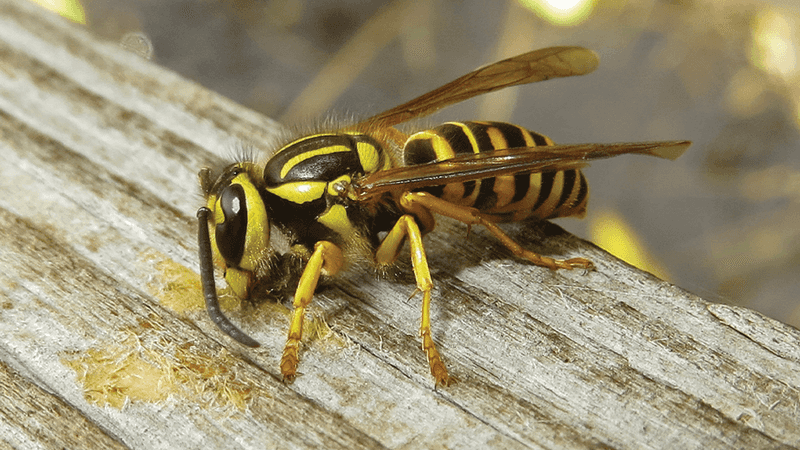
Ever feel like your sandwich is being eyed by more than just fellow hikers? Meet the yellowjackets, the uninvited guests at your picnic.
These aggressive wasps may look harmless, but provoke them, and they can sting multiple times. Swarming is their specialty, especially when they sense food.
To keep them at bay, cover your snacks and dispose of trash properly. A little vigilance goes a long way in avoiding these buzz-worthy encounters.
7. Banana Slug (Indirectly)
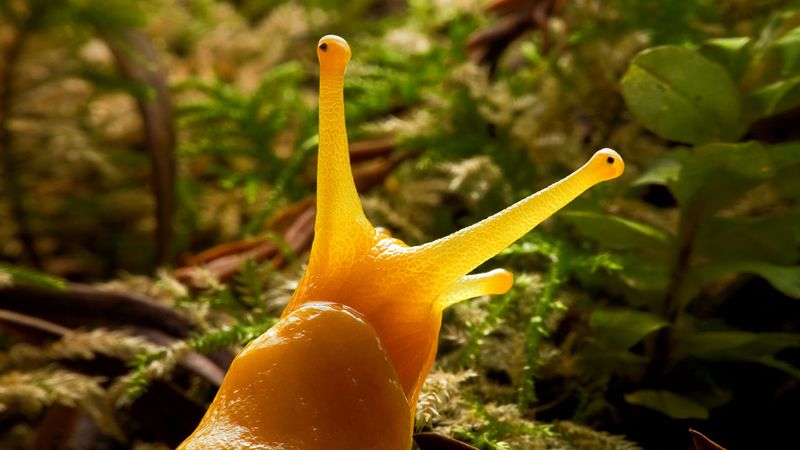
Slippery when wet! The banana slug might not seem dangerous, but these bright yellow mollusks can be a hidden hazard. Imagine stepping on one during a hike – it’s a slippery mess that could lead to a tumble.
While they’re nature’s recyclers, munching on decaying matter, it’s best to watch your step. Admire their vibrant color and slow pace, but keep your footing sure to avoid any unintended acrobatics.
8. Mountain Lion
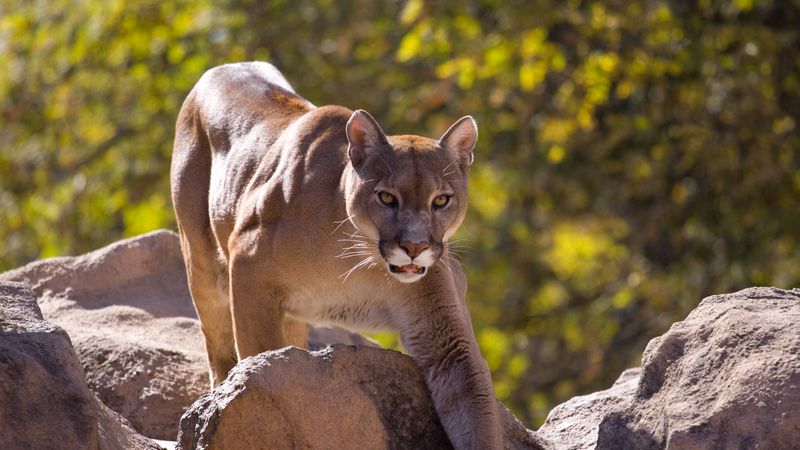
Imagine walking through the woods, feeling the breeze, when suddenly you sense you’re being watched. That eerie feeling might just be a mountain lion, silently stalking from the shadows.
These elusive big cats are experts at staying unseen, but their presence is undeniable. Known for their territorial nature, they have been known to follow hikers, blending effortlessly into the surroundings.
While attacks are rare, it’s crucial to stay aware of your surroundings and give these majestic creatures their space.
9. River Otter
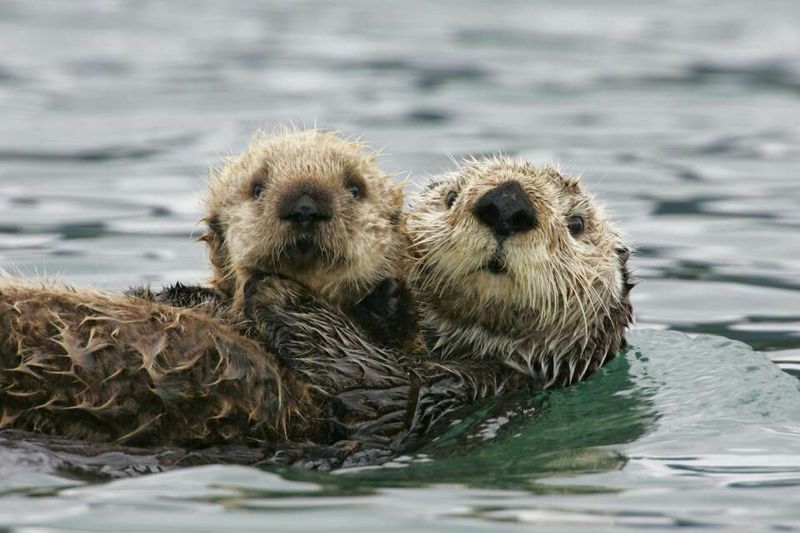
With their playful antics and sleek bodies, river otters seem like the acrobats of the animal kingdom. But don’t let that playful demeanor fool you.
When it comes to defending their territory, especially near their pups, these critters can become surprisingly aggressive.
It’s a good idea to enjoy their water ballet from a distance and respect their space.
10. Coyotes
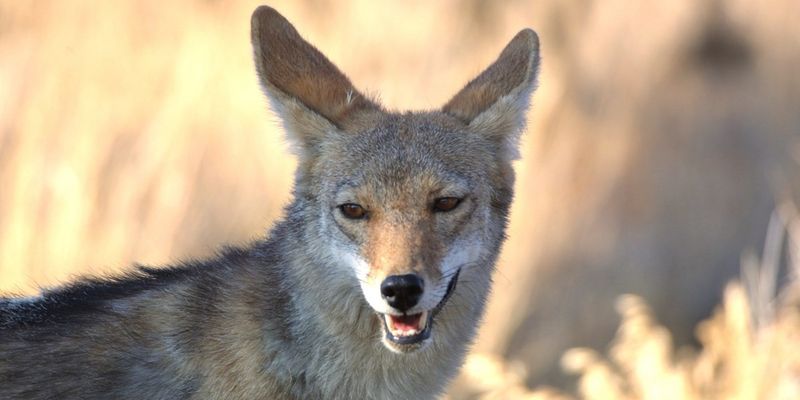
With a curious look in their eyes, coyotes are the park’s clever canines. Typically elusive, they usually steer clear of humans.
However, in populated areas or campsites, these opportunistic feeders might get a bit bolder. Some campers might find them investigating their trash or scoping out the area for easy snacks.
To prevent any unwanted encounters, secure your food and keep a respectful distance. Remember, they might be curious, but they’re still wild.
11. Great Horned Owl
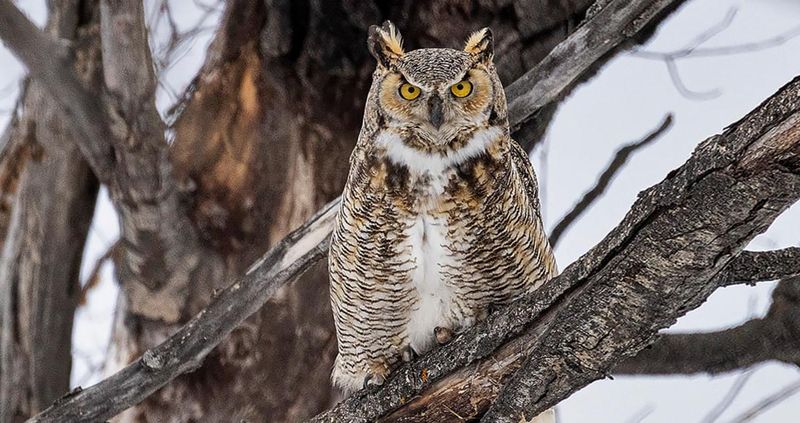
Silent and watchful, the great horned owl surveys its domain from the treetops. Known for their fierce protective instincts, these owls won’t hesitate to swoop if they feel their nest is threatened.
You might not hear them coming, thanks to their silent flight. If you spot one, it’s best to admire from afar. Their presence is a sign of a healthy ecosystem, but close encounters are best left to the professionals.
12. Bobcat
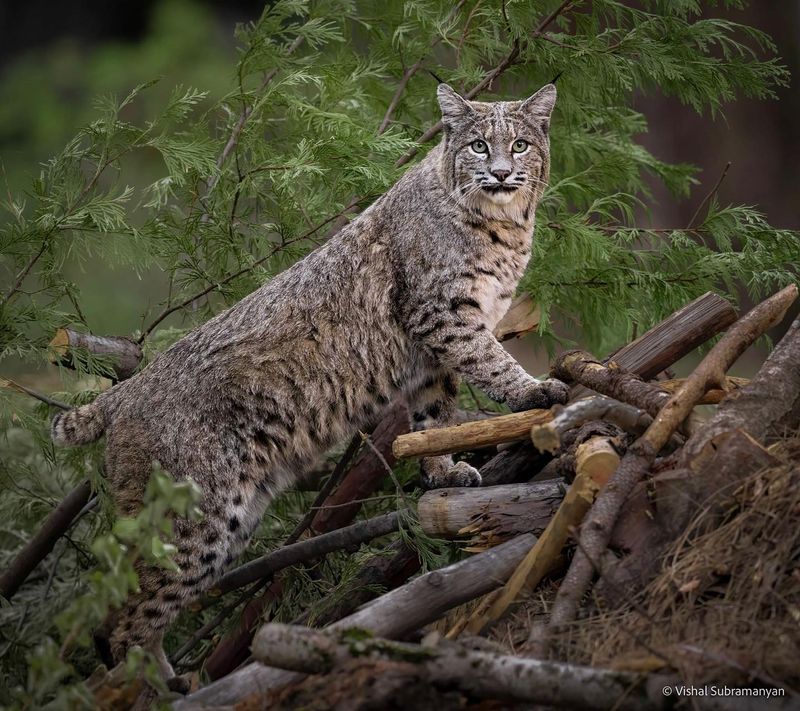
Reclusive and elusive, bobcats are the stealthy felines of the forest. While they generally avoid humans, a cornered or rabid bobcat may act unpredictably.
With their tufted ears and keen eyes, they’re expert hunters, moving silently through the brush. If you’re lucky enough to spot one, consider it a rare treat.
Just remember, they’re best appreciated from a distance, where both you and the bobcat can enjoy the serenity of the park unhindered.
13. Pacific Tree Frog
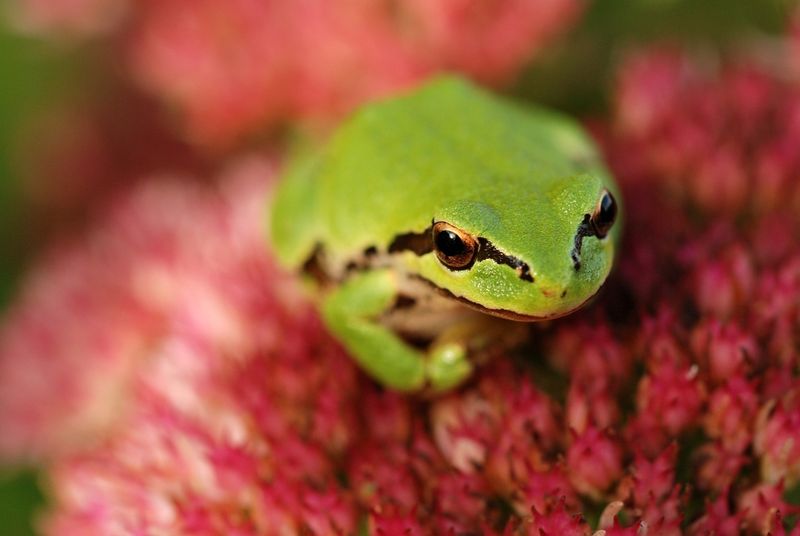
Don’t let their size fool you; these tiny amphibians pack a punch with their skin toxins. Harmless to humans, Pacific Tree Frogs can make predators regret their lunch choices.
Adorned in vibrant greens, they blend seamlessly with the foliage, often heard before they’re seen. Their chorus is a familiar sound in the park, a natural symphony.
While they’re not a threat to you, any creature considering them a snack might want to think twice.
14. Steller’s Jay
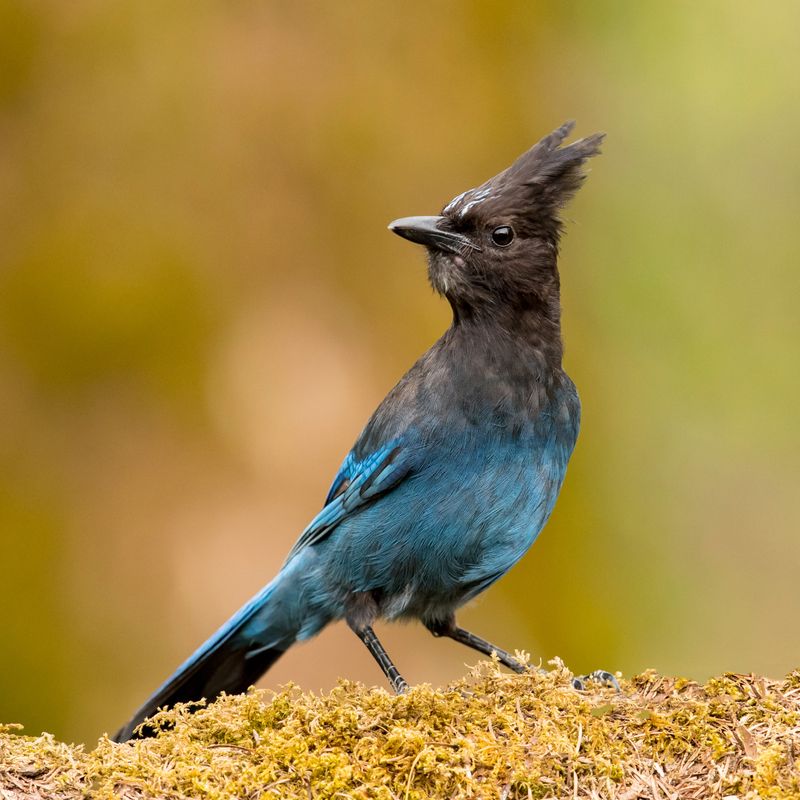
Bold and brash, Steller’s Jays are the park’s feathered mischief-makers. Known for their intelligence and striking blue plumage, these birds are notorious for swooping down to steal unattended snacks.
With a call that’s impossible to ignore, they announce their presence with flair. While they’re not harmful, they can be pesky around food.
To keep your lunch safe, keep an eye out and maybe offer a friendly shoo. They’re cheeky, not malicious!
15. Sea Lions

Roaring and playful along the coastline, sea lions are the ocean’s loudmouths. While they might look cuddly, approaching them too closely might earn you a quick charge.
Large and agile, they’re not to be underestimated. Enjoy their antics from a distance and respect their space.
The coastline is their playground, and it’s a privilege to witness their frolics. Keep your camera ready, but your distance sure, for a safe and memorable encounter.
16. Feral Hogs
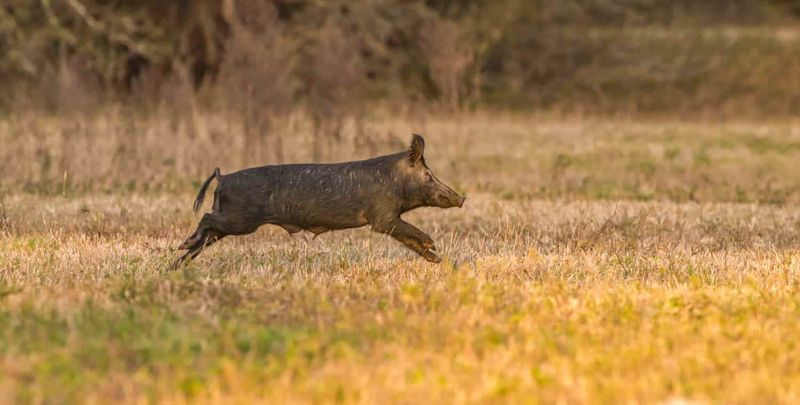
Occasionally sighted but always memorable, feral hogs are the park’s unwelcome guests. With their tusks and tough demeanor, they can cause quite the stir if encountered.
These invasive creatures can be aggressive, especially if startled. While it’s rare to spot one, knowing they’re around adds a layer of adventure to your hike.
Just keep your wits about you and be aware of your surroundings – they prefer to stay elusive, and so should you!

